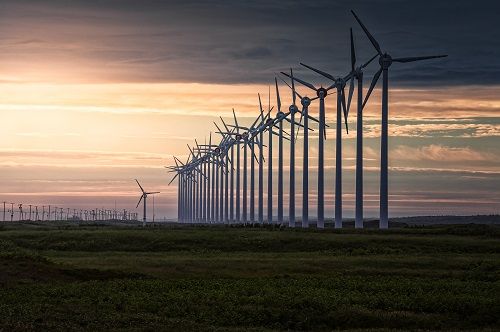Green power already fetches higher prices than conventionally generated power. At least with direct contracts, cleanly produced energy can earn a premium margin. But this is just the beginning. In the future, electricity will be offered in many quality levels - depending on the features that accompany it. A commentary by Markus W. Voigt, CEO of the aream Group.
It is understandable that electricity from lignite is one of the dirtiest on the market. This may be followed by electricity from hard coal, oil, gas, or even nuclear power. The dirtier, the cheaper the electricity price should be. But this is not the case, at least not today. The dirtiest electricity forms the basis for pricing, and premium electricity is correspondingly more expensive.
Each kilowatt hour of electricity from renewable sources should be worth more than conventionally produced electricity. But here, too, there are gradations. The more UN sustainability targets are achieved and the more soft factors are taken into account, the more valuable the electricity supplied becomes.
If, for example, social or governance goals are also achieved in addition to the ecological goals in the ESG assessment, the price should rise. This could be, for example, citizen participation in wind or solar farms, or an affiliated charitable foundation that is fed by income from the plants.
Given the trade-off between whether an area generates electricity or produces food, agri-solar could also be worth more than ground-mounted solar systems. Or, land design that promotes biodiversity should be a plus in the calculation. Parks on conversion sites could be weighted higher than land that has been taken out of cultivation. Floating solar arrays on lakes or other bodies of water would perhaps be considered like arrays on carports, rooftops, or other buildings, so that no land is consumed at all.
Premium electricity could also be created, for example, if production is immediately coupled with storage. This combination would help to generate the necessary base load also from renewables. Or uses could be combined, such as the generation of hydrogen or industrial production right on site. So there are many possibilities.
The goal must be to make such premium features possible via the electricity price. By opting for certain forms of production, every electricity buyer could then help make green electricity even greener - and soon to abolish gray and black electricity altogether. However, this would also require a reversal of the current pricing mechanisms: The best possible electricity determines the electricity price, and discounts are due for dirty electricity. Electricity with certain advantages would then be the new normal.
PRESSEKONTAKT:
Leandra Kiebach
T: +49 (0)211 30 20 60 4-2
E: lk@aream.de
